Russian RB Armoured Car 1/35
40,95€
Hay existencias

*Please check our Privacy Policies to see how to we use your personal data.
*Por favor revisa nuestra Política de Privacidad para ver como tratamos tus datos personales
The most successful of the early Russian armoured vehicles was the Russo-Balt line of armoured vehicles. Most of them mounted machine guns, but a few mounted cannon.
The first and most popular car produced by Russian-Balt was the Type C – the heir to the Belgian Fondu 24/30hp. The Russo-Balt C was repeatedly modernized, with increases in power, upgraded frame and springs, and improvements to radiators, gearboxes and other components. By 1914, the vehicles being produced were the Russo-Balt Type C 24/40hp 18 Series, where the two-part model number denotes the nominal engine power and the maximum engine power. The 4.5-litre four-cylinder engine could propel passenger versions of the vehicle to 75-80 km/h.
With the outbreak of war, seven chassis were sent to St. Petersburg to the Izhora Factory, which served as the basis for a proposed fleet of Russian armoured cars.
Each vehicle was equipped with three 7.62-mm Maxim machine guns in a triangle arrangement that allowed them to fire on potential targets with at least two guns at a time. Two guns were fixed in the hull sides, and the third gun, mounted in the rear, could be switched from side to side as well as deployed against aerial targets through an opening in the hull roof.
One of the remarkable engagements for the Russo-Balt armoured cars occurred on Feb. 3, 1915, when four of the cars moved forward along the Belskoe Highway toward the village of Tsiulkuvla and encountered three battalions of enemy infantry. With their own infantry support more than 10 kilometres behind them, armoured cars of the second and third platoons nevertheless opened fire on the enemy, immediately causing confusion and panic among their ranks. Targeted by German artillery, one Russian gunner was killed, and three of the armoured cars were immobilized, but the enemy infantry retreated.
The First Auto-Machine Gun Company was in continual active service from 1914 until September 1916, when it was reorganized into the First Armored Division in the 42nd Army Corps. It served in Finland until 1917 and was sent to the Northern Front near Dvinsk shortly before the Russian Revolution.
Russo-Balt armoured cars were involved in the civil war in Russia, and in 1921, one Russo-Balt served at the Tank Training Brigade School, and another served with the Red Army until 1923.
Russian «RB» Armoured car-kit:
- 4 runners of grey plastic
- Cartograf printed decals
- Instruction in colour
- Russo-Balt Broushore (only for pre-ordered version) about the history of RB Armoured car and their service in WWI.
El más exitoso de los primeros vehículos blindados rusos fue la línea de vehículos blindados Russo-Balt. La mayoría de ellos montaban ametralladoras, pero algunos cañones montados.
El primer y más popular automóvil producido por Russian-Balt fue el Type C, el heredero del belga Fondu 24 / 30hp. El Russo-Balt C se modernizó repetidamente, con aumentos de potencia, bastidor y resortes mejorados, y mejoras en los radiadores, cajas de cambios y otros componentes. En 1914, los vehículos que se producían eran la Serie 18 Russo-Balt Tipo C 24 / 40hp 18, donde el número de modelo de dos partes denota la potencia nominal del motor y la potencia máxima del motor. El motor de cuatro cilindros y 4.5 litros podría impulsar las versiones de pasajeros del vehículo a 75-80 km / h.
Con el estallido de la guerra, se enviaron siete chasis a San Petersburgo a la fábrica de Izhora, que sirvió de base para una flota propuesta de vehículos blindados rusos.
Cada vehículo estaba equipado con tres ametralladoras Maxim de 7,62 mm en una disposición triangular que les permitía disparar a objetivos potenciales con al menos dos armas a la vez. Se fijaron dos cañones en los lados del casco, y el tercer cañón, montado en la parte trasera, podía cambiarse de lado a lado y desplegarse contra objetivos aéreos a través de una abertura en el techo del casco.
Uno de los enfrentamientos notables para los carros blindados Russo-Balt ocurrió el 3 de febrero de 1915, cuando cuatro de los carros avanzaron por la carretera Belskoe hacia el pueblo de Tsiulkuvla y se encontraron con tres batallones de infantería enemiga. Con su propio apoyo de infantería a más de 10 kilómetros detrás de ellos, los vehículos blindados del segundo y tercer pelotón abrieron fuego contra el enemigo, causando inmediatamente confusión y pánico entre sus filas. Atacado por la artillería alemana, un artillero ruso murió y tres de los vehículos blindados fueron inmovilizados, pero la infantería enemiga se retiró.
La Primera Compañía de Ametralladoras Automáticas estuvo en servicio activo continuo desde 1914 hasta septiembre de 1916, cuando se reorganizó en la Primera División Blindada en el 42º Cuerpo de Ejército. Sirvió en Finlandia hasta 1917 y fue enviado al Frente Norte cerca de Dvinsk poco antes de la Revolución Rusa.
Los vehículos blindados Russo-Balt estuvieron involucrados en la guerra civil en Rusia, y en 1921, un Russo-Balt sirvió en la Escuela de la Brigada de Entrenamiento de Tanques y otro sirvió en el Ejército Rojo hasta 1923.
Kit de coche blindado ruso «RB»:
- 4 corredores de plástico gris
- Calcas impresas Cartograf
- Instrucción en color
- Russo-Balt Broushore (solo para la versión pre-ordenada) sobre la historia del vehículo blindado RB y su servicio en la Primera Guerra Mundial.


"Informacion Exclusiva del producto"
Información adicional
| Peso | 0,88 kg |
|---|---|
| Dimensiones | 32 × 23 × 6 cm |
| Ejército | Canadiense |
| Marcas | |
| Materiales | Plástico |
| Producto | |
| Pack | Individual |
| Escala | 1/35 |
| Temática | AFV, Militar |


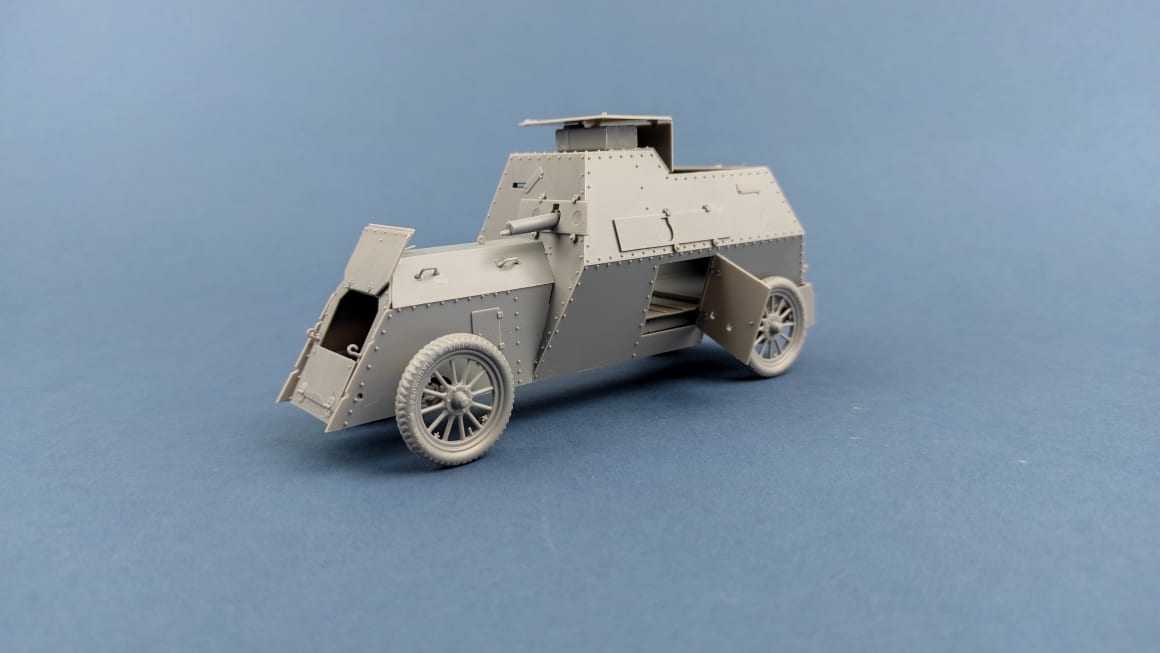

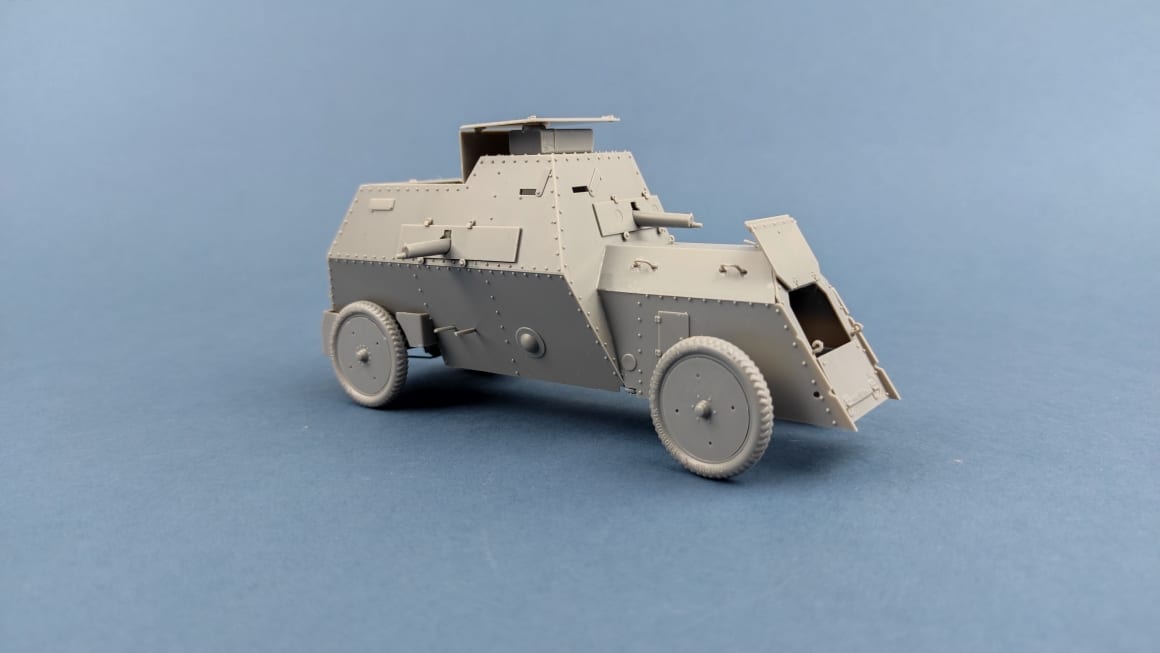
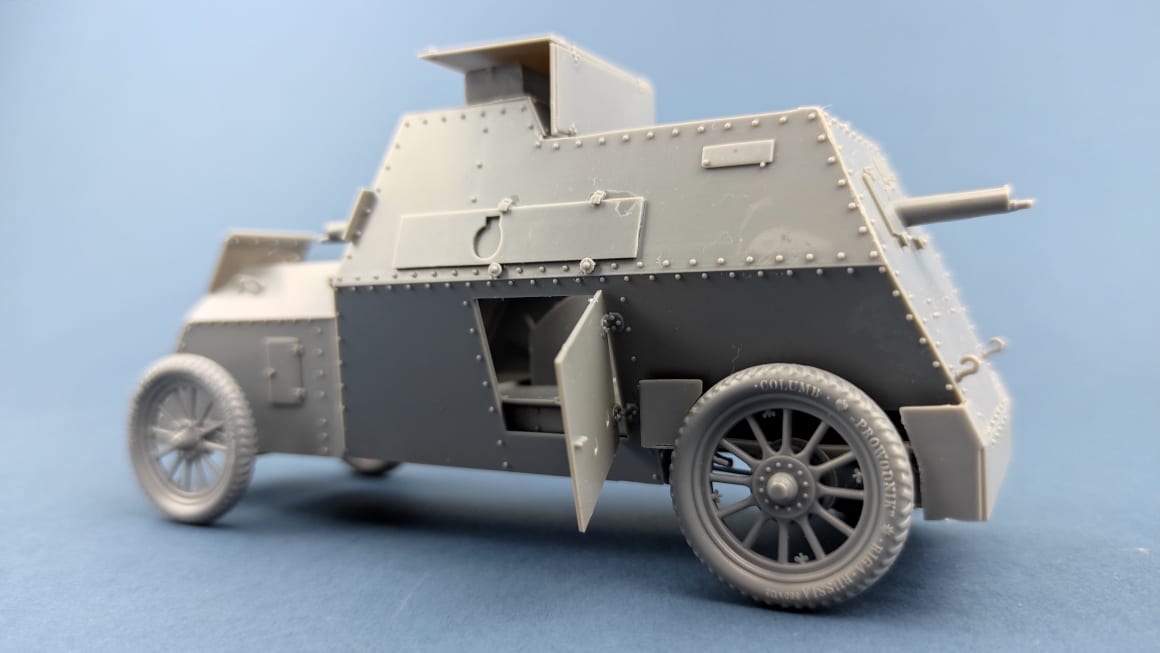



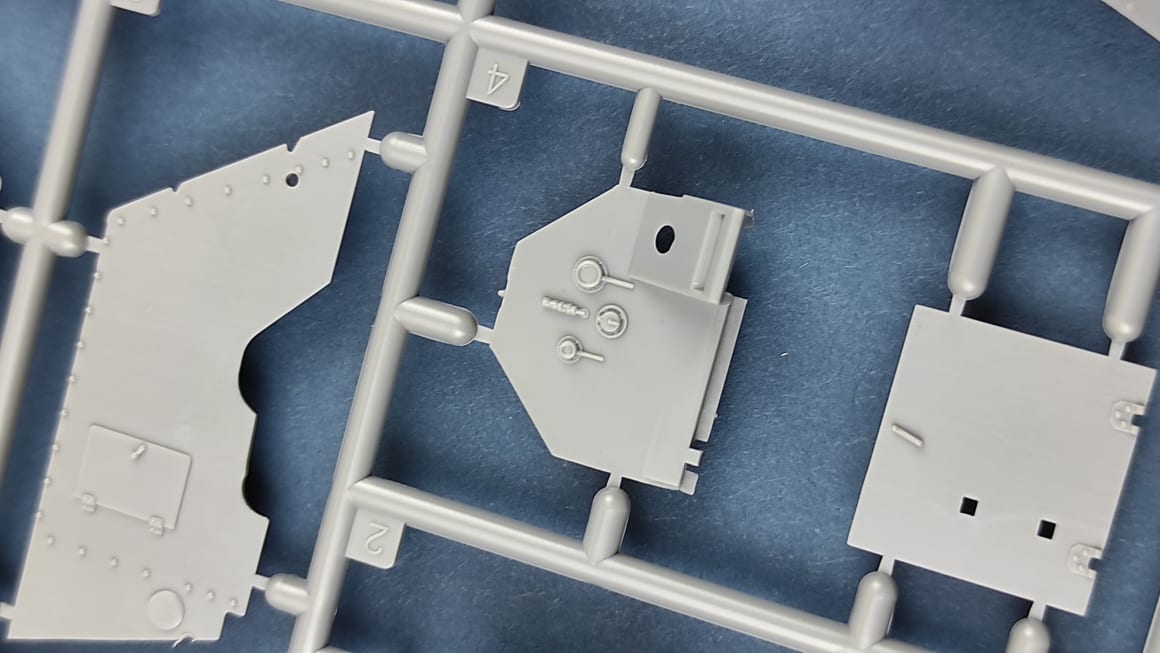

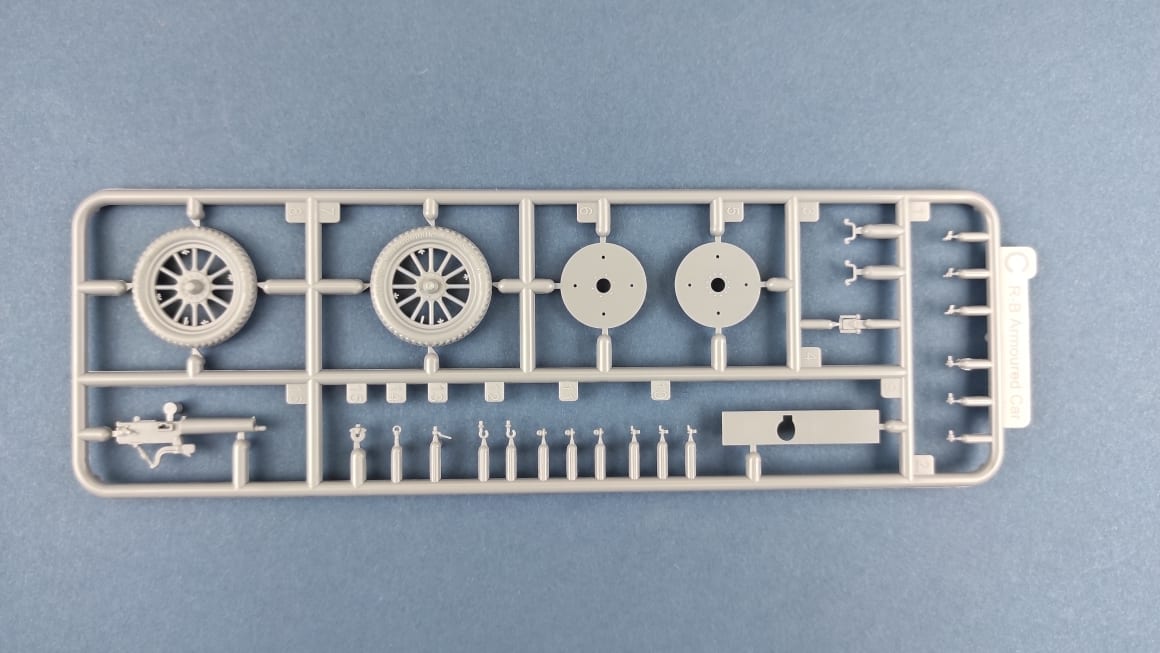
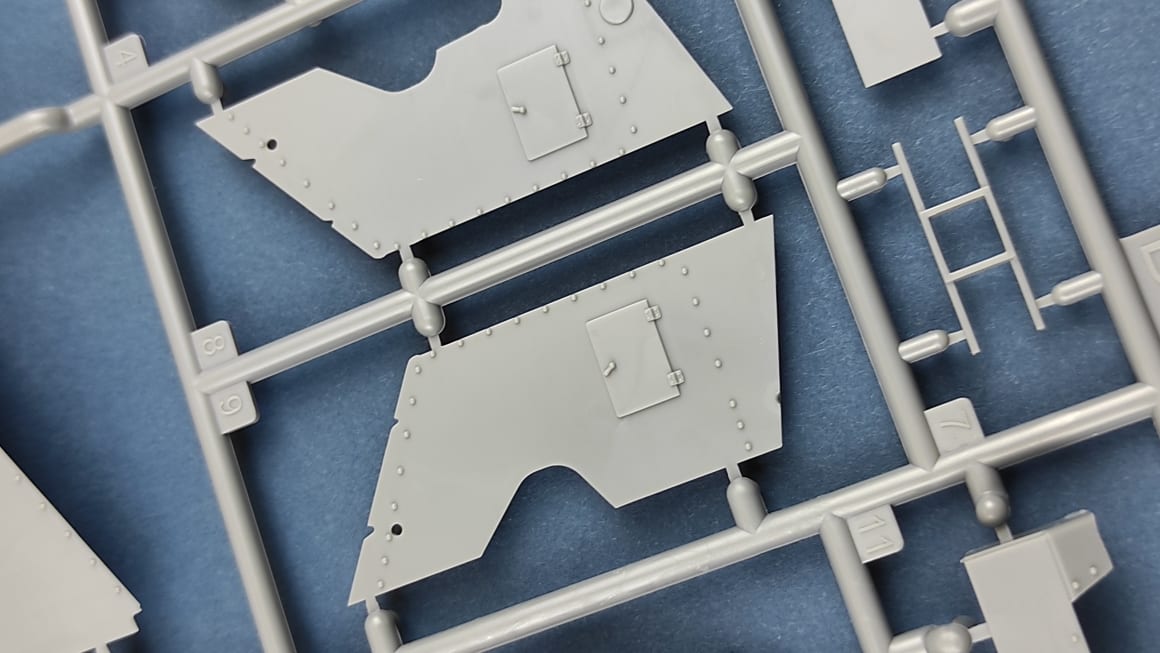
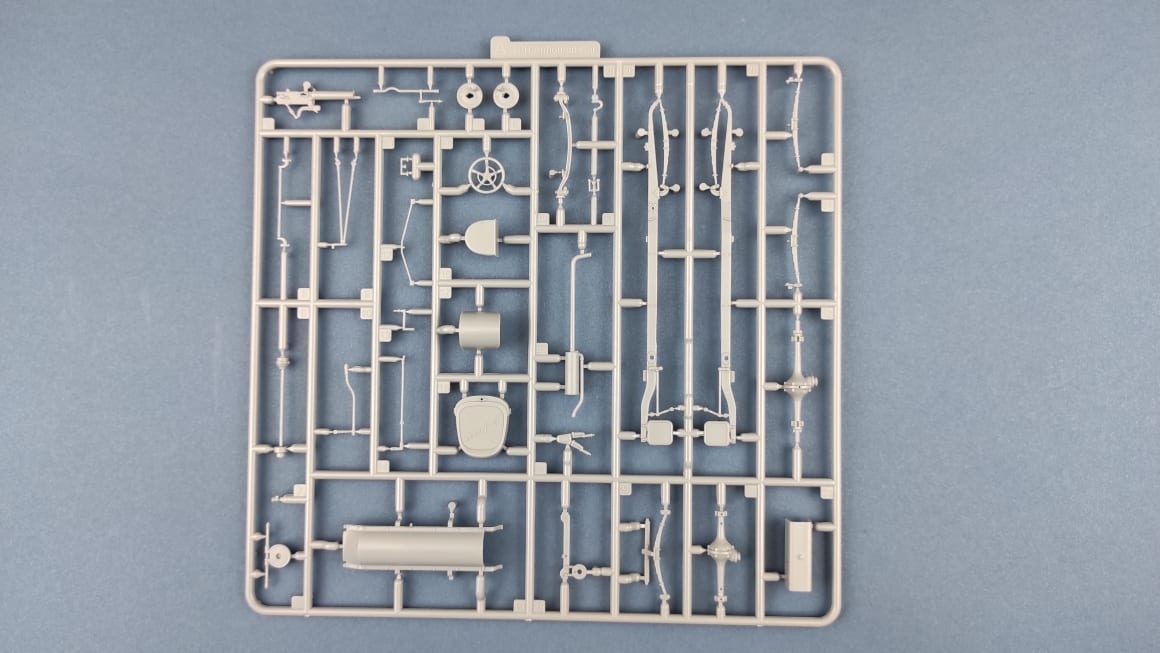
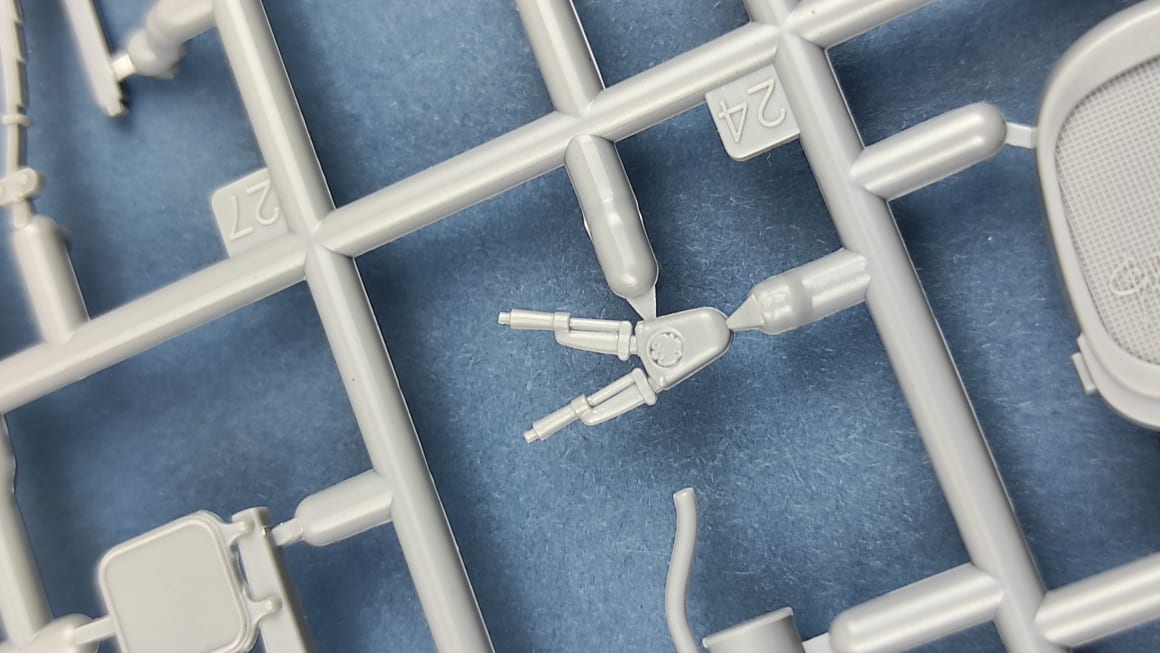

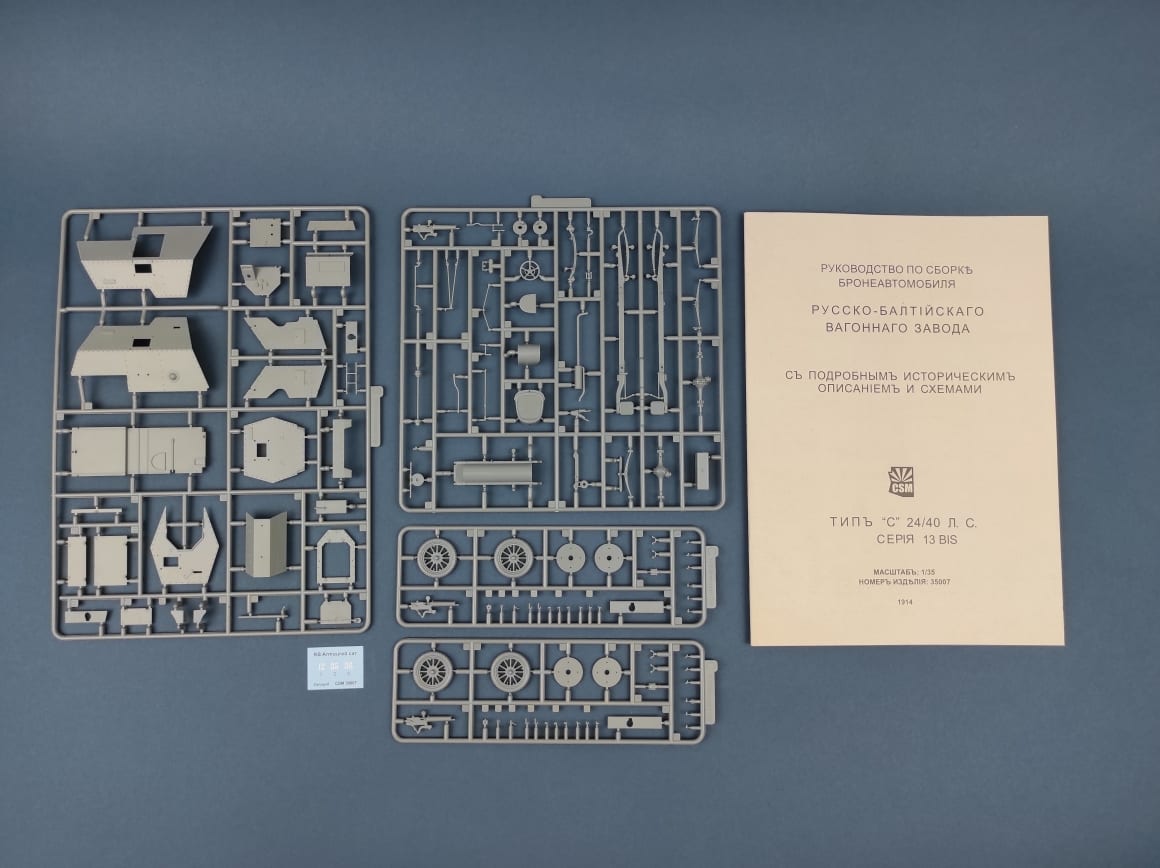

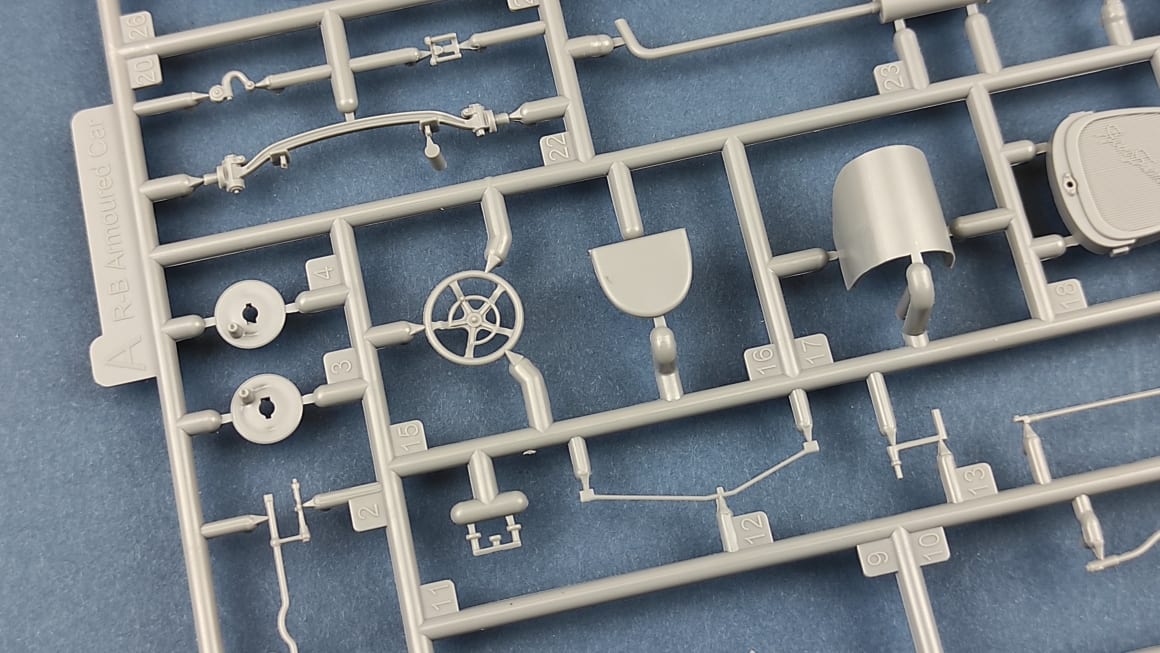

 Solicitud de ficha producto tipo SDS / Seguridad de producto
Solicitud de ficha producto tipo SDS / Seguridad de producto